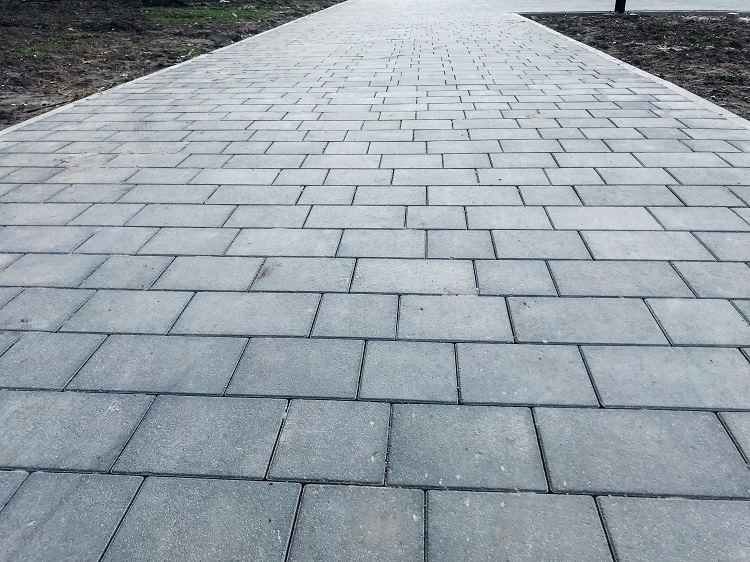Jul 11 2019
 One of the best approaches for extending the life cycle of roads and curtailing excess future expenses is to increase the thickness of asphalt on some roads.
One of the best approaches for extending the life cycle of roads and curtailing excess future expenses is to increase the thickness of asphalt on some roads.
Image Credits: Vladimir Trynkalo/shutterstock.com
During the summer months, everything heats up, including the asphalt and other materials used to build roads. Pavements, which are susceptible to high temperatures and excessive flooding because of sea level rise, can crack and disintegrate.
Researchers say climate change coupled with the unrelenting greenhouse gas emissions has caused an increase in global temperatures since the mid-20th century. These issues are likely to accelerate.
On account of these issues, scientists at the University of New Hampshire state that one of the best approaches for extending the life cycle of roads and curtailing excess future expenses is to increase the thickness of asphalt on some roads.
It’s all about being strategic with the maintenance of our highways and byways. Just like a regular oil change can help extend the life of a car, our research shows regular maintenance, like increasing the asphalt-layer thickness of some roads, can help protect them from further damage related to climate change.
Jo Sias, Professor of Civil and Environmental Engineering, University of New Hampshire
In their research, published now in the journal Transportation Research Record, the scientists studied at the long-term and seasonal effects on pavement life, such as climate-change-induced temperature rise and higher groundwater levels because of heavy rains and rise in the sea level. They examined the variations in season length, projected temperatures, average temperatures, increased flooding, and resilience based on those temperatures.
As worldwide temperatures keep increasing, road conditions will change. The winter pavement season is slated to end by mid-century, switched with a longer fall season. Pavement damage, now seen typically in the summer and spring, is estimated to be more distributed throughout the whole year. According to their analysis that examined the wear and tear of roads, the scientists proved that a 7% to 32% increase in the asphalt-layer thickness might be the ideal way to keep the service ability of certain roads.
For agencies and towns, it is a balancing act to repair roads so we’re trying to find some reasonable action that can be taken now to help manage their infrastructure. If global warming continues then we know temperatures will rise and pavement doesn’t respond well to increased temperatures. The hope is to find some answers now so cities and towns can plan for the future.
Jo Sias, Professor of Civil and Environmental Engineering, University of New Hampshire
The scientists realize that increasing the asphalt thickness to some roads can be an extra expense for towns and cities but they emphasize on the substantial future savings of between 40% and 50% if carried out now rather than later. Along with the increase in cost of materials, there could also be other expenditure increases along the way like project design, planning, and construction. Environmental impacts could also be expensive with rough pavements fueling the increased greenhouse gas production, which has the potential to speed up climate change.
While the research concentrated mainly on the impact of the varying pavement seasons and the rise in temperatures and flooding at a site in coastal New Hampshire, the scientists say the method has the potential to be applied to most highways and roads both nationally and internationally. The adaptation method, of calculating the pavement layer thickness needed to maintain a safe road reliability level, could provide the direction to resolve the effects of increasing temperatures and varying seasons on those byways.
This research was funded by National Science Foundation (NSF), New Hampshire Sea Grant, N.H. Department of Transportation and N.H. Department of Environmental Services.